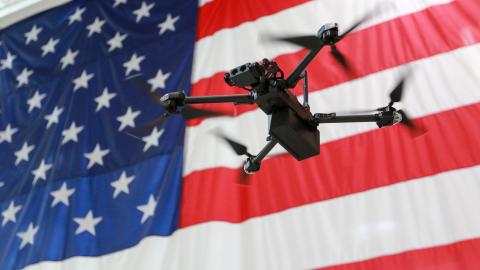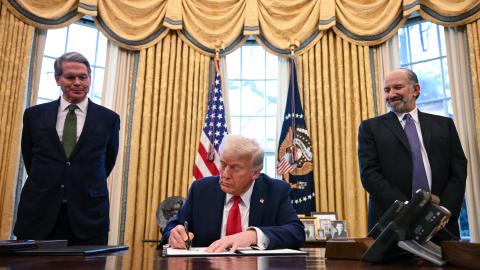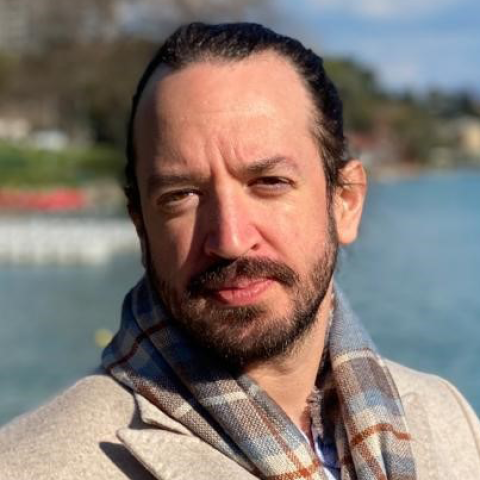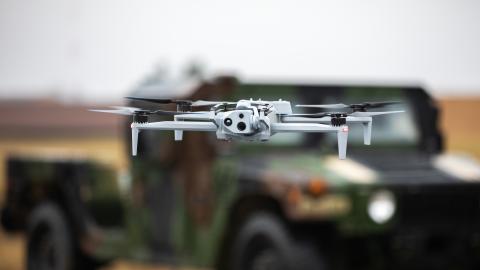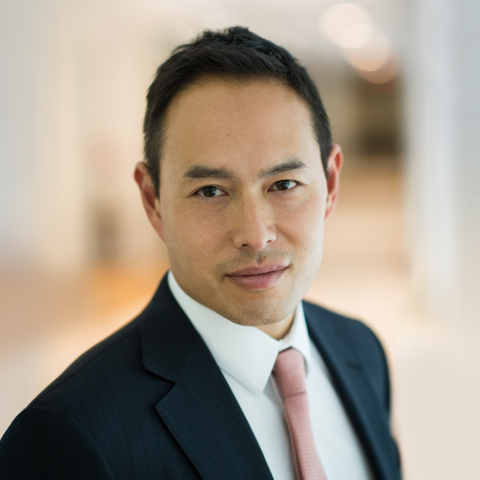Australian Foreign Minister Marise Payne and Defense Minister Linda Reynolds will meet their American counterparts Tuesday in Washington for annual meetings known as Ausmin. Then they will fly home to Australia and quarantine for two weeks to minimize the spread of Covid-19—a requirement for those arriving from abroad.
It is extraordinary that the Australians are willing to tolerate two weeks of inconvenience to meet with Secretary of State Mike Pompeo and Defense Secretary Mark Esper. Virtual meetings are the norm. The decision to travel to the U.S. says something about how important America is to Australian security and prosperity—and about the threat China poses to both countries.
It is also evidence that the Trump administration’s managing of allies, at least in Asia and the Pacific, has more to commend it than critics concede. It is true that staunch allies such as Japan and Australia find the president’s unpredictable style deeply unsettling. But if the objective is to persuade allies to step up and carry their weight, then that is exactly what Australia is doing.
Like many countries in the Indo-Pacific mugged by reality, Australia has been on a journey with China. The pandemic has focused minds on what must be done. The Communist Party under Xi Jinping is nothing if not a devotee of the Leninist precept: Probe with bayonets and if you encounter mush, proceed; if you encounter steel, withdraw. Good will has little currency. Timidity will only invite Beijing to demand greater subservience.
It is in this spirit that Australia released its 2020 Strategic Defense Update earlier this month. The commitment to spend roughly $400 billion (in U.S. dollars) on national defense over the next decade, including almost $190 billion earmarked for capability enhancements, is eye-catching. But as important is what Australia plans to spend the money on: long-range and hypersonic missiles, unmanned combat vehicles and cyber capabilities. This can be explained only by a desire to counter the People’s Liberation Army. The goal is to make China think twice about expanding its martial reach and presence in the Indo-Pacific.
Far from retreating into isolationism, Australia is reaching out of its comfort zone—defending the continent—and looking to help alter the balance of power in the Indo-Pacific. But this is possible only if America takes the lead, from strategic posture to developing offensive capabilities and operating the military assets jointly. Australia can’t push back against China alone. In other words, Australia has doubled down on the alliance as its best option.
Moreover, it is significant that Canberra is choosing to do this when relations between Washington and Beijing are more hostile than at any point since before Richard Nixon went to China in 1972. China has also turned up the pressure by imposing trade sanctions on products such as Australian barley. Regardless, Australia and Japan under Prime Minister Shinzo Abe have emerged as the southern and northern anchors of the American regional alliance system.
As someone who served in the Australian government during the last year of President Obama’s administration and the first year of the current one, I can attest that the obstacle to greater Australian courage wasn’t a lack of faith in U.S. power but doubts about American resolve. Canberra wouldn’t contemplate such bold moves and risk punishment from China if America were likely to leave Australia fluttering in the breeze.
Mr. Trump might lead an unpredictable administration, but his determination in this fight is not in question. There’s also a growing consensus among allies that the pandemic has changed the relationship between Washington and Beijing in ways that will last longer than any one administration.
All of this suggests that this week’s meetings will be one of the most important in many years. There will be differences between the two countries, as is expected between a superpower and a smaller one. For example, Australians lament diminished American influence in regional institutions such as the East Asian Summit, which Mr. Trump didn’t attend in 2019. That provided a pulpit for Beijing to bully its neighbors and extend its narrative of American absence.
Chinese diplomats frequently mock and dismiss the 1951 security treaty Anzus as a relic of the Cold War. But provocations by the Communist Party in China have given the alliance renewed purpose. Messrs. Pompeo and Esper and Ms. Payne and Ms. Reynolds will discuss a common objective: ensuring that the Communist Party meets collective steel whenever it probes and pushes.
Read in Wall Street Journal



